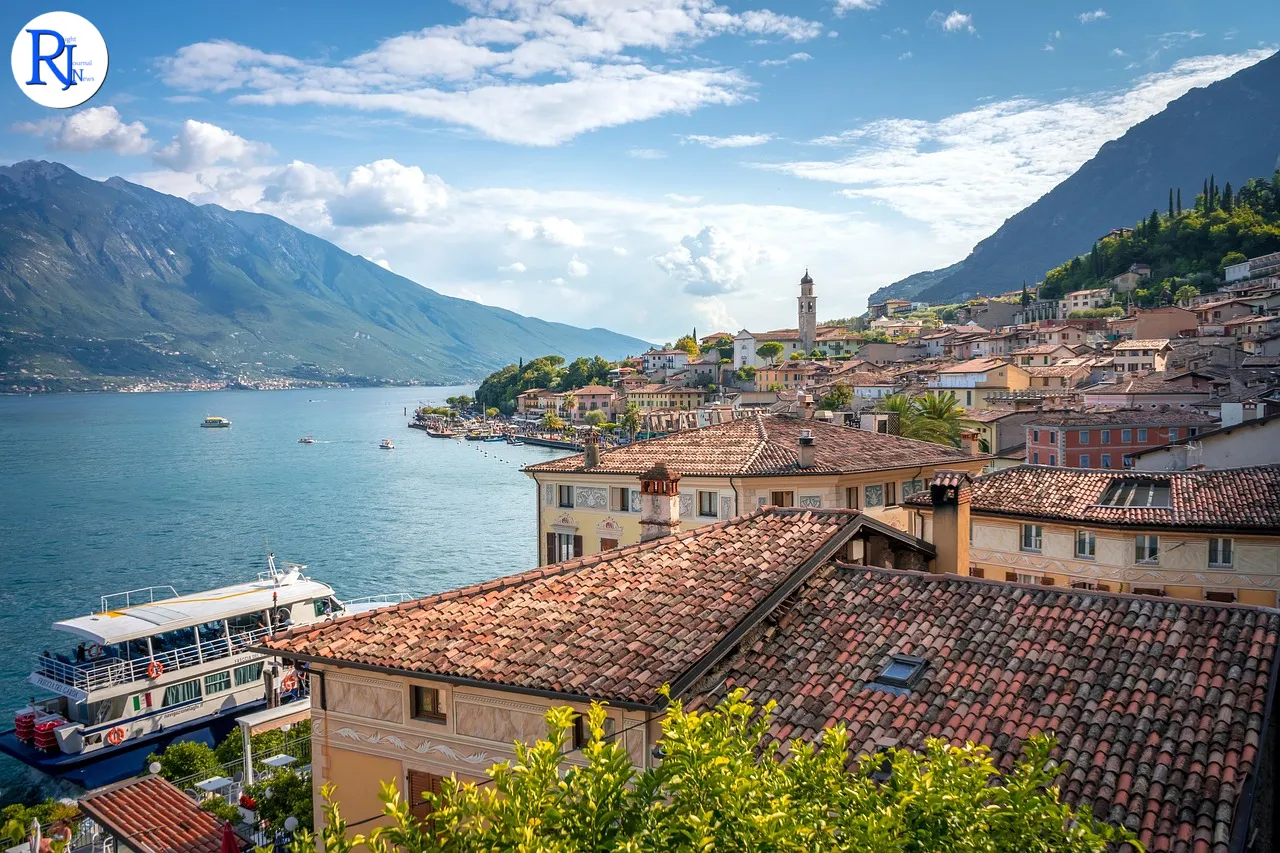A weekend on Lake Garda offers drama, colour, and classic Italian style in one tight package. Italy’s largest lake stretches between the Alps and the plains, so travellers can pair mountain air with palm-lined promenades in the same day. Ferries link storybook towns, centuries-old castles rise from the water’s edge, and vineyard-clad hills deliver easy wine stops. This guide sets out a clear, efficient 48-hour plan that helps visitors sample the south’s Roman history and spa heritage, then swing north for big scenery and fresh-air adventure. With reliable transport, a broad choice of stays, and year-round appeal, Lake Garda rewards first-time visitors and returning fans alike. Use this briefing to plan routes, choose highlights, and make smart time calls without guesswork.
When and where
Lake Garda sits in northern Italy between Lombardy, Veneto, and Trentino–Alto Adige/Südtirol. The lake stretches for about 52 kilometres and covers roughly 370 square kilometres. Spring and autumn bring mild weather and lighter crowds; summer brings long days and the region’s busiest ferry network across the main towns.

Lake Garda at a glance: scale, seasons, and stand-out shores
Lake Garda spans broad, Mediterranean-feeling waters in the south and narrows into a fjord-like, mountain-framed corridor in the north. The lake reaches a maximum width of about 17 kilometres and plunges to depths of around 350 metres. That range creates distinct microclimates. Olive groves and lemon terraces thrive, while Monte Baldo’s ridgeline delivers alpine views above 2,000 metres. This diversity allows visitors to shift plans with the weather and still fill two lively days.
The south shore feels gentle and open. Desenzano del Garda offers rail links and lively dining, while Sirmione adds headline history with its moated Scaliger castle and Roman remains. The west shore around Gardone Riviera brings slow glamour and grand villas. The east blends beaches and wine towns such as Bardolino and Garda. The north, centred on Riva del Garda and Torbole, adds wind-driven sports and mountain trails without long transfers.
Getting there and getting around: seamless links by rail, road, and ferry
Travellers reach the lake quickly from Verona Villafranca Airport, which sits within an easy drive of the south shore. Milan Bergamo also serves the region with frequent flights and onward coach or car links. The Milan–Venice rail line stops at Desenzano del Garda/Sirmione and Peschiera del Garda, so visitors can step off the train and walk to the harbour in minutes.
Ferries connect the main towns across the lake. Operators run year-round on core routes and expand services in peak months. You can plan point-to-point crossings or string together a hop-on tour. Roads hug the shore and narrow in places, so drivers often park once and switch to boats for stress-free sightseeing. Buses cover many stretches, and bike hire outlets serve promenades and lakefront paths, especially around Riva del Garda and the southern towns.
Day one: Roman echoes and spa rituals on the south shore
Start in Sirmione, a long, narrow peninsula that reaches into the lake’s southern waters. You cross the drawbridge at Scaliger Castle and climb the tower for views along the peninsula and across the south shore. You then follow the lane

